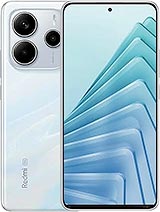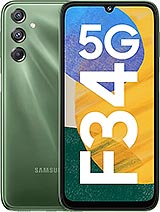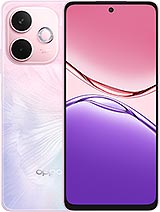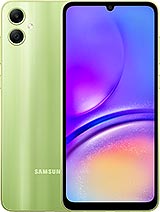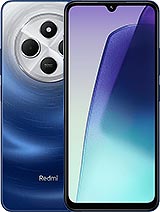Infinix Note 40X alternatives
Tap above to see alternatives.
Redmi 14C alternatives
Tap above to see alternatives.
Infinix Note 40X
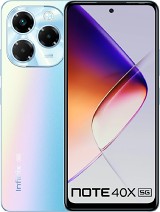
Infinix Note 40X
-
Dimensity 6300
6 nm
-
5000 mAh
18W
-
6.78"
1080x2460 pixels
-
108 MP
1440p@30fps
-
Specs

2x2.4 GHz Cortex-A76
6x Cortex-A55
2x2.2 GHz Cortex-A78
6x1.95 GHz Cortex-A55
12GB 256GB (UFS 2.2)
4GB 128GB (UFS 2.2)
6GB 128GB (UFS 2.2)
f/1.8, (wide), PDAF
2 MP
macro
2 MP
f/1.8, 27mm (wide), PDAF
Auxiliary lens
2MP
1080p@30/60fps
wide
f/2.0
SIM1: Nano, SIM2: Nano
SIM1: Nano, SIM2: Nano
FDD: N1, N3, N5, N8, N28
TDD: N38, N40, N41, N77, N78
FDD: N1, N3, N5, N8, N28
TDD: N40, N78
FDD: N1, N3, N5, N8, N28
TDD: N38, N40, N41, N77, N78
FDD: N1, N3, N5, N8, N28
TDD: N40, N78
In this performance comparison, the Redmi 14C with its Qualcomm Snapdragon 4 Gen 2 (4nm) performs better than the Infinix Note 40X with the Mediatek Dimensity 6300 (6nm), thanks to superior chipset efficiency.
Both phones offer the same 2 years of OS update support. For security updates, Redmi 14C offers 4 years of support compared to Infinix Note 40X's 3 years.
Infinix Note 40X features a superior AMOLED display, while Redmi 14C comes with an LCD panel. Both smartphones offer the same 120 Hz refresh rate. Redmi 14C also boasts a brighter screen with 600 nits of peak brightness, enhancing outdoor visibility. Notably, Infinix Note 40X offers a higher screen resolution, resulting in sharper visuals and more detailed content.
Redmi 14C features a larger 5160 mAh battery, potentially delivering better battery life. Both devices support the same wired charging speed of 18W.
Both phones feature the same IP52 rating for water and dust resistance.
- Infinix Note 40X – Check price here
- Redmi 14C – Check price here
¹ Scores can vary even with the same chipset due to RAM, thermals, and software optimization.


